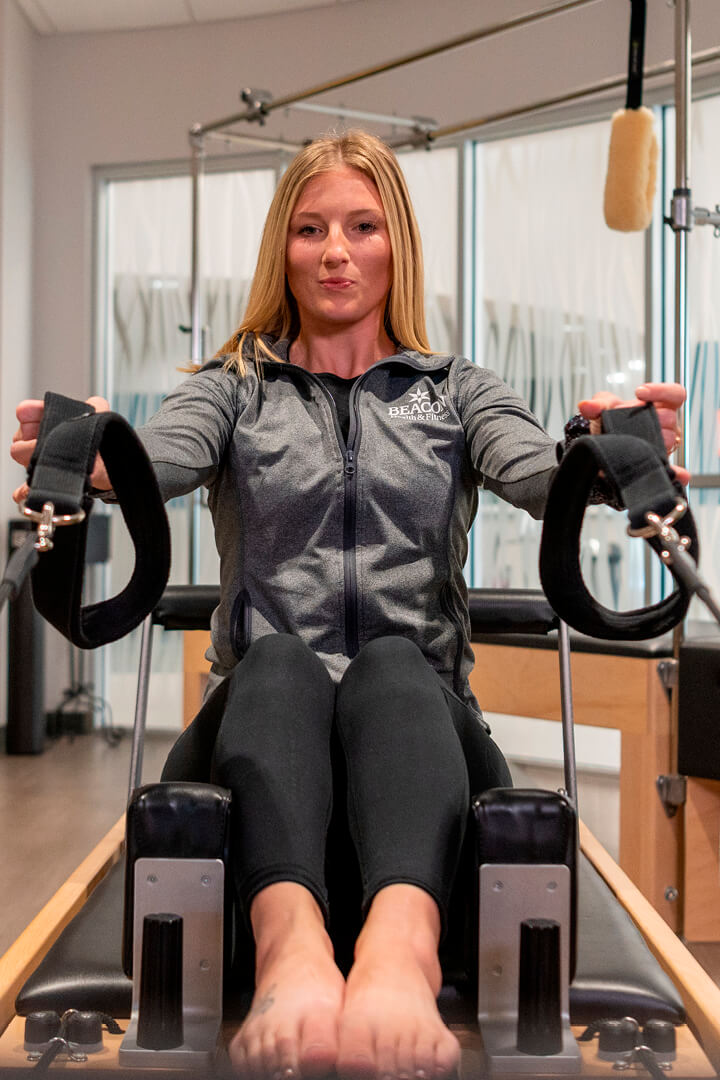![]()
Cooler temperatures are a welcome relief to many runners after a hot and humid summer, but it also mean dressing differently for your run, which can be confusing at times. Here are some guidelines to help you know how to run in the cold. From adding in layers to planning accessories, will allow you to avoid that treadmill if you so choose. You can crush your outdoor runs all winter.
When dressing to run in the cold, remember that once you get moving, your body heats up quickly, which could result in overheating if too bundled up. Layering properly will help regulate your body temperature and keep risk of illness such as hypothermia at a minimum.
The opposite is also true: once you stop running, you will cool down quickly, so be prepared to remove your wet clothes immediately upon finishing your run. It’s always a good idea to bring a change of dry clothes to change into.
Dressing in layers is the key to running in the chilly air. You can start the run feeling comfortable then easily take off layers as your body warms up. Simply tie unneeded layers around your waist, or drop them off in a safe spot if you are running a loop. Remember to keep your base layer functional and comfortable.
“When dressing to run in cold weather, the rule of thumb is to add 10 to 20 degrees to the outside temperature to calculate your running temperature. Keep in mind that this number is dependent upon how quickly you heat up and cool down, run pace, and the length of your run.”
If you are going on a short run, an easy run, or you get cold easily, add 10 to 15 degrees to the outside temperature to estimate your running temperature. If you are going on a long run, doing sprint intervals, or get warm easily, add 20 degrees to the outside temp. Keeping in mind the wind-chill factor and wind speeds as well as you plan for your run.
When planning your run on those blustery days, try to run into the wind as you begin and have the wind at your back on your return. It’s best to avoid running into the wind when you are sweaty because you cool down very quickly and quite possibly get chilled.
As the weather starts to turn, be sure to pay attention to local your weather report. Cold temperatures and dry air can aggravate pre-existing health conditions, so use your best judgment as to when you should take the run outside or hit up the treadmill.
Source: Runner’s World
Kristen Stooksbury





